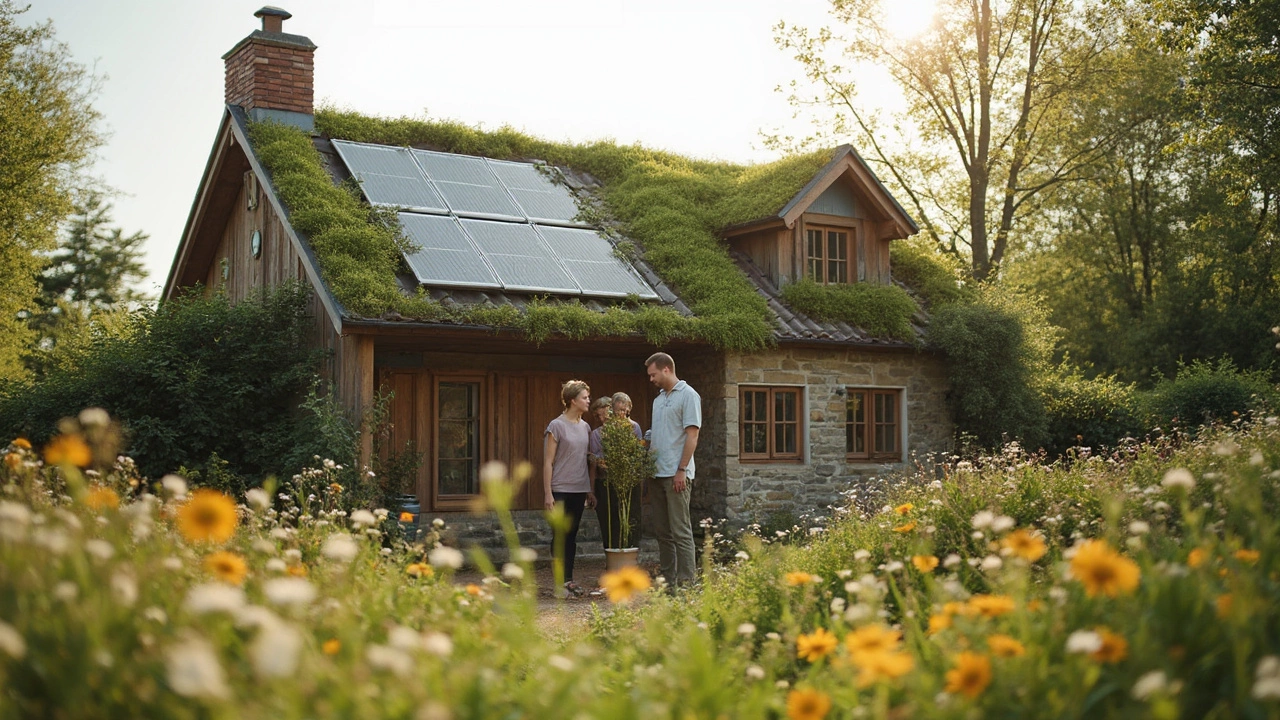Tiny House: Big Ideas in Small Spaces
Thinking about a tiny house? You’re not alone. More people are swapping big roofs for compact, clever homes that cost less and waste less. A tiny house can be a weekend getaway, a permanent residence, or a stepping stone to down‑size. Below you’ll find practical advice that helps you decide if the tiny‑house life fits your style and budget.
Why Tiny Houses Are Gaining Popularity
First, the price tag. A well‑built tiny home can cost a fraction of a traditional house, especially when you DIY or buy a pre‑made model. Lower mortgage payments mean you can allocate money to travel, hobbies, or debt repayment. Second, the footprint. Tiny houses use fewer materials, generate less waste, and often sit on wheels, making them adaptable to different locations. That mobility lets you chase new scenery without selling your home.
Third, the lifestyle shift. Living tiny forces you to keep only what you truly need, which can reduce stress and simplify daily routines. Many owners say the lack of clutter clears mental space, too. Finally, the environmental angle. Smaller spaces need less heating, cooling, and electricity, cutting your carbon footprint without sacrificing comfort.
Tips for Choosing and Enjoying Your Tiny Home
Start with a clear purpose. Are you after a full‑time residence, a guest house, or a mobile office? Your goal dictates size, layout, and features. If you need a permanent home, consider zoning laws and where you’ll park the structure. For a mobile unit, check trailer weight limits and local road regulations.
Next, focus on layout. Multi‑functional furniture is a game‑changer: a sofa that turns into a bed, a table that folds away, or stairs that double as storage. Think vertically—shelves up to the ceiling make the most of limited floor space. Natural light also enlarges a tiny interior, so add large windows or skylights where possible.
Don’t forget utilities. Off‑grid options like solar panels, composting toilets, and rainwater collection are popular among tiny‑house owners. They cut utility bills and fit the eco‑friendly vibe many tiny‑living fans love. If you plan to connect to mains, make sure the hookup points are accessible.
Finally, prepare for the adjustment period. Packing down to a few hundred square feet means tough decisions about belongings. A good trick is to try a “mini‑declutter” first: move everything you own into a small room for a week and see what you actually use. Anything you can’t live without likely deserves a spot in your new home.
Once you’re settled, enjoy the perks. Cook in a compact kitchen that forces you to plan meals, walk to the local shop for fresh produce, and spend evenings on a small porch watching the sunset. Tiny living isn’t about deprivation; it’s about freeing up time and money for the things that matter most.
Ready to start? Browse our tiny‑house posts for deeper dives into specific challenges—like the biggest drawbacks of tiny‑house living or how to make a tiny space feel luxurious. With the right plan, a tiny house can be a smart, satisfying, and sustainable choice for modern life.

